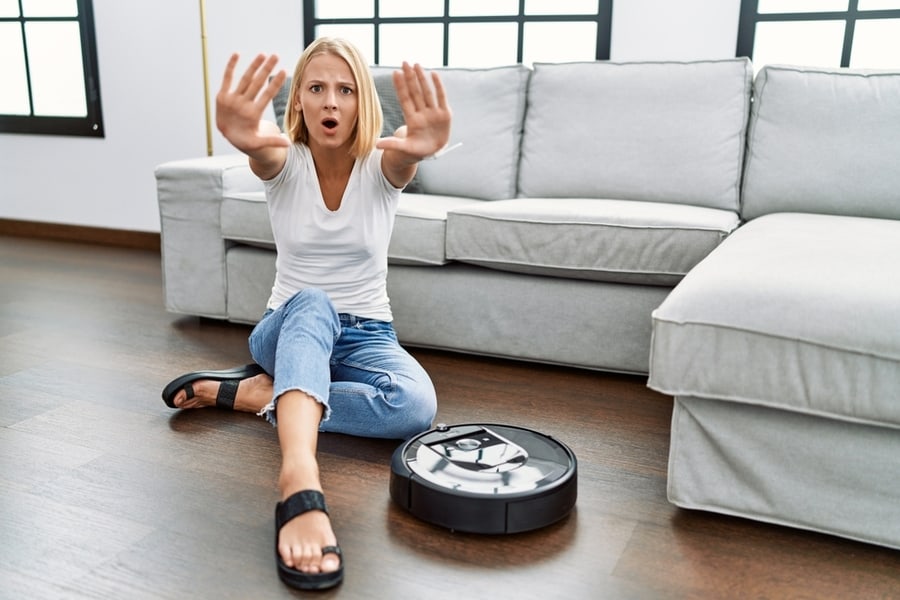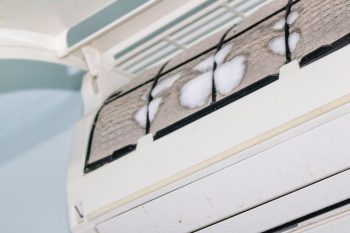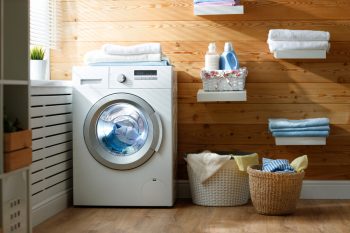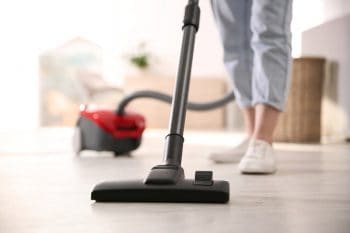
Unsurprisingly, robot vacuums make noise, which could get on your nerves sometimes. But, if it crosses a specific limit, you should be concerned. Factors like battery issues, clogged compartments, pressure imbalance, and many other reasons can cause this problem, and their solutions differ accordingly.
All of the noise problems in automated vacuums are of two major types. One includes internal factors such as faulty machinery, and the second includes external factors like putting too much pressure or irregular charging durations. Their solutions also depend on these two elements, which involve either a part’s manual setting or the faulty part’s complete renewal.
Let’s quickly clarify why your vacuum is making intense sounds and how you can manually fix these issues.
Few of these complications need professional help, but most are minor inspections.
- Lack of Lubrication.
- Insufficient Battery Life.
- Clogging of the Compartments.
- Irregular Wheel Movement.
- Increased Workload.
- Dirty Brushes.
Here are some quick fixes that you can try to solve your issues:
- Clean the Gearbox.
- Change the Battery.
- Use Dry Lubes.
- Give it Some Rest.
- Restart Will Help.
- Change the Filter.
- Check for Air Leaks.
In this blog, we have discussed the reasons you’re facing an issue with your vacuum and some easy and quick fixes on how to deal with it. Let’s dig deeper into it.
6 Reasons Why Your Vacuum Is Soo Loud
Many factors could add up to make your vacuum make unpleasant noises. Some of the most important are discussed below:
1. Lack of Lubrication
Spinners, fans, and rollers need proper and consistent lubrication. A lack of lube can make these parts rub roughly with each other, and this cause rough sounds.
2. Insufficient Battery Life
Batteries only work efficiently for a certain period. See how long it has been since you used the current one. Old batteries increase the pressure, and slow-moving parts start making noises.
3. Clogging of the Compartments
Sometimes your vacuum does not appear to be fully filled, but it is, making it overfilled, leading to clogged compartments. This can happen if you do not adequately empty the bag after previous use.
How to unclog: Turn the power button off. Put a flexible wire inside through the sucking hole, make sure the inserting end of the wire is curled and does not damage anything inside, and slightly move it.
4. Irregular Wheel Movement
If a hard object from the dirtbag accidentally hits the wheel or gets stuck in it, even when you take it out, it changes the standard curves of a fan, and its wings will make noise every time it moves.
5. Increased Workload
Sometimes the garbage bag fills faster when there is more dirt but keeps trying to fill in the dirt, and this puts pressure on the engine and the spinners to work beyond their capacity leading to the production of loud noises. When the vacuum works for long hours with short breaks, it also gets exhausted, so make sure to set a time limit.
6. Dirty Brushes
The brushes and rollers in a vacuum spin fast, causing the noise. They are also more likely to catch strings, hair, and other long and stranded stuff and become even louder.
7 Effective Ways To Fix Your Loud Vacuum
It’s not something you would need a professional for unless the issue is severe. You can easily inspect your vacuum at home and know where it lacks performance. Fix the problem, and your vacuum will be as good as new!
1. Clean the Gearbox
Before changing your battery, try to clean the gearbox manually and restart the machine. This is the easiest way to fix undesirable noise.
2. Change the Battery
If your battery is old, it simply needs to be changed. If it was bought recently, exchange it with a different voltage or energy.
Your battery needs regular and proper charging and working hours. Try to maintain this balance.
3. Use the Lubes
Different types of lubricants are readily available from stores for the smooth working of all parts, especially on wheels. Prefer dry lubes because they are safe for the user and machine and easy to apply.
4. Give It Some Rest
Stop the cleaner immediately and power it off for a while, then turn it on and see if it happens again or not. If this fixes the problem, notice this time limit and do not cross it again.
5. Reuse Multiple Times a Day
If your device is new and still having this issue, it is not because of any damage. It just needs some time to smooth its extractors. It will only take a few days, but if you want to get rid of the noise sooner, try using it multiple times a day until it is normal.
6. Change the Filter
Filters are attached to the motor as well as the air passageways. Try cleaning them first, but if they are worn out, simply change them.
Ideally, in the opinion of many manufacturers, you should change your vacuum filters once every 3 to 6 months.
7. Check for Leaks
If there are any leaks in the air pipes or sucking tubes, it will make sharp sounds. Any external body leak or crack can bring in hard garbage, which can cause continuous hitting noise. Usually, the sensor of the robot vacuum makes it turn around or stop when it detects an object ahead, but sometimes due to weak sensors, it can hit and get cracks.
Takeaway

Managing noise control issues in your vacuum can get much easier if you identify the right reason. Once you identify your problem type, you can improve accordingly.
Since most of the problems are caused by hardware care negligence, the fixing process involves manual maneuvering or replacing a whole problematic part. If your appliance is new, try restarting it a few times daily, schedule its proper charging time, and clean the dirtbag, filters, and wheels.
Frequently Asked Questions
Which Model of Robot Vacuum Makes the Least Noise?
A recently launched advanced model named Zoozee is the least noise-making vacuum even when run on a high suction mode owing to its highly advanced developed motor system.
Are Robot Vacuums Better Than Manual Vacuums?
Although it entirely depends on the area to be cleaned, an automated vacuum cleaner covers more space quickly. It also utilizes less amount of power, so it is safe to say that investing in a robot vacuum is worth it.












